This article was co-authored by Heather Richmond, MD and by wikiHow staff writer, Hannah Madden. Dr. Heather Richmond, MD is a board certified Dermatologist at Dermatology and Laser Surgery Center in Houston, Texas. With over nine years of experience, Dr. Richmond specializes in comprehensive dermatology including medical, surgical, and cosmetic procedures. She graduated cum laude from Yale University with a BA in Molecular, Cellular, and Developmental Biology. She earned her MD from the University of California, Irvine School of Medicine, where she was inducted into the Alpha Omega Alpha Honor Medical Society. She completed her Internal Medicine internship at Cedars-Sinai Medical Center and her Dermatology residency at The University of Texas MD Anderson Cancer Center in Houston. Dr. Richmond is a fellow of the American Academy of Dermatology and is a member of the American Society for Dermatologic Surgery, American Society for Laser Medicine and Surgery, and the Texas and Houston Dermatological Societies.
There are 7 references cited in this article, which can be found at the bottom of the page.
This article has been viewed 123,073 times.
If you have an inflamed, itchy spot on your skin right after shaving, you might have an ingrown hair. Ingrown hairs are caused by hair curling up and growing back or sideways into your skin. Deep ingrown hairs can sometimes stick around for weeks or months, and they can cause a lot of pain and irritation. If you’re dealing with a deep ingrown hair, read through this article to see how you can remove it at home and when you might need a doctor’s help.
Steps
At Home
-
1Wash the area with a washcloth. If you’re going to try to remove the ingrown hair, use a wet washcloth or a soft-bristled toothbrush to gently scrub the area with soap and water. Go slowly, and rub in a circular motion to free up the hair and loosen the skin. You don’t need to exfoliate, since that could cause more irritation.[1]
- Try to do this for several minutes to gently loosen the ingrown hair and make it easier to remove.
-
2Use a needle to gently lift the hair out of the skin. Sterilize a small needle by dipping it into rubbing alcohol and letting it air dry. If you can see the small loop of hair sticking out of your skin, use the needle to gently pry the hair upwards. Go slowly, and use a warm washcloth to keep your pores open.[2]
- The goal is to get the hair out of your skin so it can grow properly. If you can pull the hair out enough that you get it out from underneath your skin, that’s great! Your ingrown hair is solved, and you don’t need to do anything else.
- If you can’t see the small loop of hair, just leave the ingrown hair alone. Over time, the hair may rise to the surface, and you can try to lift it out with a needle.
Advertisement -
3Avoid shaving, tweezing, or waxing the area. Ingrown hairs can get worse if you continue to shave or remove your hair. If you want to let the ingrown hair work out on its own, try leaving the area alone. In some cases, even deep ingrown hairs will work themselves out in 1 to 6 months.[3]
- When you first notice an ingrown hair, try just leaving it alone for a while to see if it works itself out. After a few weeks or months, you can move onto trying to remove it yourself at home.
-
4Avoid picking at or scratching the ingrown hair. Although it might be tempting to pop or burst your ingrown hair, doing so can actually make it worse. Plus, opening up the skin like that can leave you vulnerable to bacteria, which can lead to an infection. When in doubt, leave your ingrown hair alone.[4]
Medical Treatment
-
1See a doctor if your ingrown hairs are chronic or infected. Most of the time, ingrown hairs aren’t a cause for alarm. If you have multiple ingrown hairs a month or you think your ingrown hair is infected, it’s time to make an appointment with your doctor. Signs of infection include pain, swelling, hot skin, and fever.[5]
-
2Use a retinoid prescribed by your doctor. Retinoid creams can help remove dead skin cells from your skin, which can unclog your pores and release ingrown hairs. If your ingrown hair is causing continuous irritation, head to the doctor and ask about a retinoid cream like tretinoin. Your doctor can tell you how often to apply it and how much cream to use.[6]
- Retinoid creams are prescription only, so you’ll have to get one from your doctor.
-
3Apply a steroid cream to reduce inflammation. Ingrown hairs can sometimes swell up and get uncomfortable. If your skin is red or inflamed, head to the doctor and ask about a steroid cream to soothe your skin. You can usually use a steroid cream once a day to reduce swelling and inflammation.[7]
- This is a great option if your ingrown hair is painful or causes you discomfort.
-
4Use an antibiotic cream to treat or prevent infections. Deep ingrown hairs that stick around for a while can sometimes get infected. Your doctor may prescribe an antibiotic cream to reduce the chance of an infection, especially if the skin is broken. If your ingrown hair is already infected, you may need to take oral antibiotics.[8]
- Signs of an infection include swelling, itching, redness, irritation, and warmth. If you think your ingrown hair is infected, make an appointment with your doctor right away.
Prevention
-
1Exfoliate your skin before you shave. Dead skin cells can clog your razor and lead to more irritation, which can cause ingrown hairs. Before you shave, use a chemical or physical exfoliation all over the area to prep your skin. Use a washcloth and warm water to gently scrub your skin in slow, circular motions to prevent any irritation.[9]
- Chemical exfoliants are great for sensitive areas, like your face or bikini line. Physical exfoliants work better on tougher skin, like your legs or arms.
-
2Use a brand new razor. Dull razors tend to pull or tug on the skin, which can cause ingrown hairs. Before you shave, load your shaving razor with a new blade, or clean off your old one well if it’s not disposable. If you’re using an electric razor, add a #1 shave guard to avoid shaving too close to the skin.[10]
- If you’re using a disposable razor, try to change the blade every 5 to 7 shaves, or more if you’re prone to ingrown hairs.
- If you’re using an electric razor, clean the blade every 3 to 4 shaves.
-
3Soak your skin in warm water before shaving. Warm water opens up your pores and reduces the chance of ingrown hairs. You can either take a warm shower before you shave, or you can soak a washcloth in warm water and then press it against your skin for a few minutes.[11]
-
4Shave in the direction your hair grows. Going against the grain can cause the hair to grow backwards into the skin, causing ingrown hairs. Instead, point your razor in the direction your hair grows, and try to stick to that direction the entire time. Your shave will be much smoother, and your skin will thank you![12]
- You might not get quite as close of a shave this way, but you’ll be much less likely to get razor bumps or ingrown hairs.
-
5Consider laser treatment as a last resort. If you’re prone to ingrown hairs, shaving, waxing, and tweezing might not be great options for you. Instead, consider laser hair removal, a process that uses lasers to penetrate deep into the hair follicle and inhibits regrowth.[13] Laser hair removal can last for months or even years, and the hair that grows back usually isn’t as thick as it was before. Keep in mind, though, that laser hair removal usually isn’t covered by insurance since it’s considered a cosmetic procedure.[14]
- Depending on the area you get done, laser hair removal can cause blisters or darkening of the skin.
- Usually, laser hair removal is $350 to $400 per session. If your hair is very thick or you’re lasering a large area, you may need multiple sessions.
- Bear in mind that laser hair removal only works on dark hair—with white, blonde, or gray hair, there's no target for the laser energy.[15]
- Electrolysis is a better solution for people with lighter hair.[16]
Expert Q&A
-
QuestionHow do you get rid of scars from ingrown hairs?
 Heather Richmond, MDDr. Heather Richmond, MD is a board certified Dermatologist at Dermatology and Laser Surgery Center in Houston, Texas. With over nine years of experience, Dr. Richmond specializes in comprehensive dermatology including medical, surgical, and cosmetic procedures. She graduated cum laude from Yale University with a BA in Molecular, Cellular, and Developmental Biology. She earned her MD from the University of California, Irvine School of Medicine, where she was inducted into the Alpha Omega Alpha Honor Medical Society. She completed her Internal Medicine internship at Cedars-Sinai Medical Center and her Dermatology residency at The University of Texas MD Anderson Cancer Center in Houston. Dr. Richmond is a fellow of the American Academy of Dermatology and is a member of the American Society for Dermatologic Surgery, American Society for Laser Medicine and Surgery, and the Texas and Houston Dermatological Societies.
Heather Richmond, MDDr. Heather Richmond, MD is a board certified Dermatologist at Dermatology and Laser Surgery Center in Houston, Texas. With over nine years of experience, Dr. Richmond specializes in comprehensive dermatology including medical, surgical, and cosmetic procedures. She graduated cum laude from Yale University with a BA in Molecular, Cellular, and Developmental Biology. She earned her MD from the University of California, Irvine School of Medicine, where she was inducted into the Alpha Omega Alpha Honor Medical Society. She completed her Internal Medicine internship at Cedars-Sinai Medical Center and her Dermatology residency at The University of Texas MD Anderson Cancer Center in Houston. Dr. Richmond is a fellow of the American Academy of Dermatology and is a member of the American Society for Dermatologic Surgery, American Society for Laser Medicine and Surgery, and the Texas and Houston Dermatological Societies.
Board Certified Dermatologist Sometimes, scars are just discoloration, which can be treated with a variety of different bleaching-type creams. Hydroquinone is a prescription option, though your dermatologist might recommend a blend of hydroquinone and a steroid for further lightening benefits. For thickened scars, injectable steroids can be very beneficial.
Sometimes, scars are just discoloration, which can be treated with a variety of different bleaching-type creams. Hydroquinone is a prescription option, though your dermatologist might recommend a blend of hydroquinone and a steroid for further lightening benefits. For thickened scars, injectable steroids can be very beneficial. -
QuestionHow do I get rid of ingrown hairs on my beard?
 Heather Richmond, MDDr. Heather Richmond, MD is a board certified Dermatologist at Dermatology and Laser Surgery Center in Houston, Texas. With over nine years of experience, Dr. Richmond specializes in comprehensive dermatology including medical, surgical, and cosmetic procedures. She graduated cum laude from Yale University with a BA in Molecular, Cellular, and Developmental Biology. She earned her MD from the University of California, Irvine School of Medicine, where she was inducted into the Alpha Omega Alpha Honor Medical Society. She completed her Internal Medicine internship at Cedars-Sinai Medical Center and her Dermatology residency at The University of Texas MD Anderson Cancer Center in Houston. Dr. Richmond is a fellow of the American Academy of Dermatology and is a member of the American Society for Dermatologic Surgery, American Society for Laser Medicine and Surgery, and the Texas and Houston Dermatological Societies.
Heather Richmond, MDDr. Heather Richmond, MD is a board certified Dermatologist at Dermatology and Laser Surgery Center in Houston, Texas. With over nine years of experience, Dr. Richmond specializes in comprehensive dermatology including medical, surgical, and cosmetic procedures. She graduated cum laude from Yale University with a BA in Molecular, Cellular, and Developmental Biology. She earned her MD from the University of California, Irvine School of Medicine, where she was inducted into the Alpha Omega Alpha Honor Medical Society. She completed her Internal Medicine internship at Cedars-Sinai Medical Center and her Dermatology residency at The University of Texas MD Anderson Cancer Center in Houston. Dr. Richmond is a fellow of the American Academy of Dermatology and is a member of the American Society for Dermatologic Surgery, American Society for Laser Medicine and Surgery, and the Texas and Houston Dermatological Societies.
Board Certified Dermatologist Use a topical with some alpha hydroxy acids—these are chemical exfoliants that can help unclog your follicles.
Use a topical with some alpha hydroxy acids—these are chemical exfoliants that can help unclog your follicles.
Warnings
- If the skin around your ingrown hair is very painful, hot, or swollen, or you feel hot, shivery, or feverish, see your doctor right away, as your ingrown hair might be infected.[17]⧼thumbs_response⧽
References
- ↑ https://www.mayoclinic.org/diseases-conditions/ingrown-hair/diagnosis-treatment/drc-20373898
- ↑ https://www.mayoclinic.org/diseases-conditions/ingrown-hair/diagnosis-treatment/drc-20373898
- ↑ https://health.clevelandclinic.org/qa-expert-explains-best-way-handle-ingrown-hair/
- ↑ https://my.clevelandclinic.org/health/diseases/17722-ingrown-hair
- ↑ https://www.mayoclinic.org/diseases-conditions/ingrown-hair/symptoms-causes/syc-20373893
- ↑ https://www.mayoclinic.org/diseases-conditions/ingrown-hair/diagnosis-treatment/drc-20373898
- ↑ https://www.mayoclinic.org/diseases-conditions/ingrown-hair/diagnosis-treatment/drc-20373898
- ↑ https://www.mayoclinic.org/diseases-conditions/ingrown-hair/diagnosis-treatment/drc-20373898
- ↑ https://health.clevelandclinic.org/qa-expert-explains-best-way-handle-ingrown-hair/
- ↑ https://www.yalemedicine.org/news/beard-mustache-skin-problems
- ↑ https://www.nhs.uk/conditions/ingrown-hairs/
- ↑ https://www.nhs.uk/conditions/ingrown-hairs/
- ↑ Heather Richmond, MD. Board Certified Dermatologist. Expert Interview. 15 September 2020.
- ↑ https://www.yalemedicine.org/news/beard-mustache-skin-problems
- ↑ Heather Richmond, MD. Board Certified Dermatologist. Expert Interview. 15 September 2020.
- ↑ Heather Richmond, MD. Board Certified Dermatologist. Expert Interview. 15 September 2020.
- ↑ https://www.nhs.uk/conditions/ingrown-hairs/

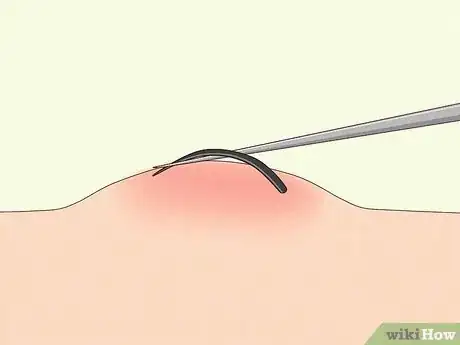

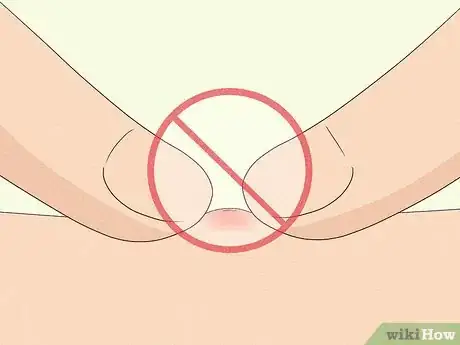
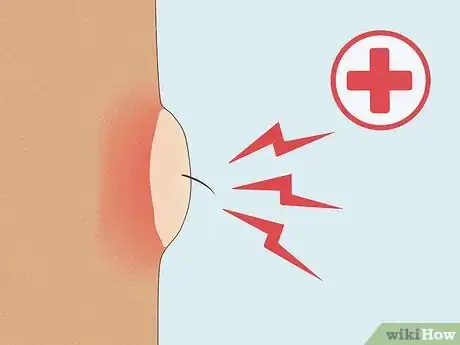
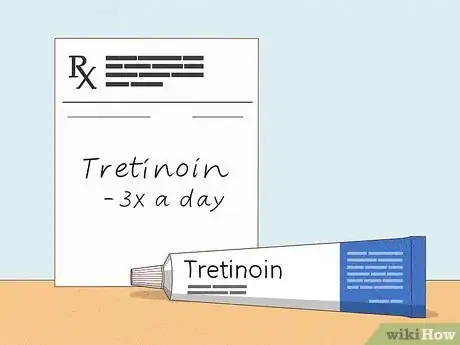
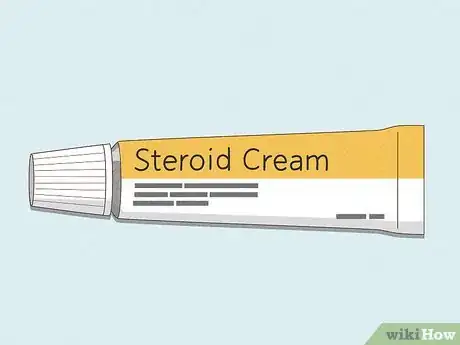
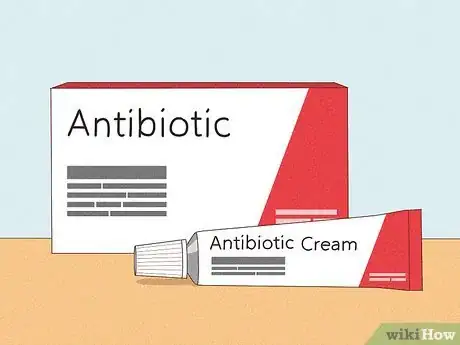
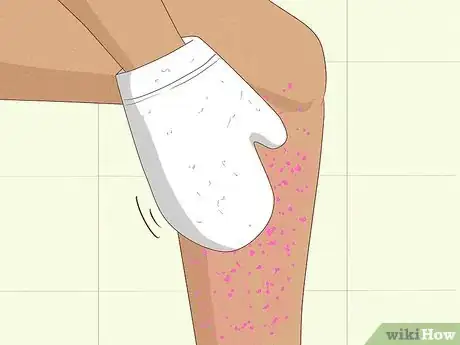

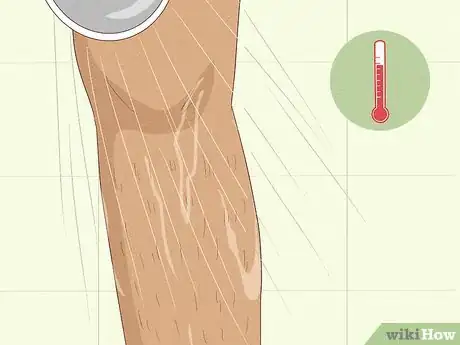
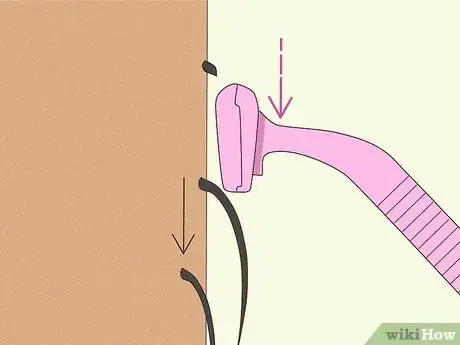



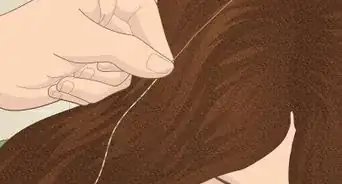
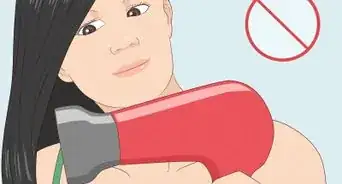
-Step-1-Version-8.webp)
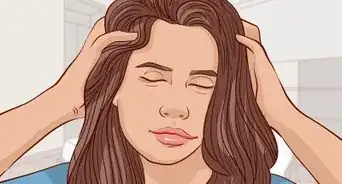


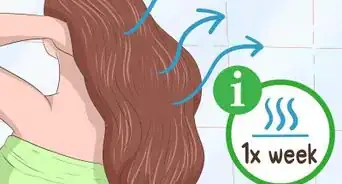







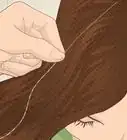





































Medical Disclaimer
The content of this article is not intended to be a substitute for professional medical advice, examination, diagnosis, or treatment. You should always contact your doctor or other qualified healthcare professional before starting, changing, or stopping any kind of health treatment.
Read More...